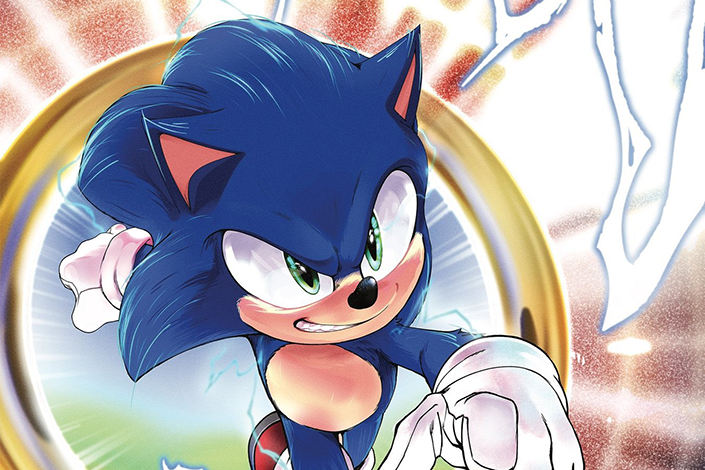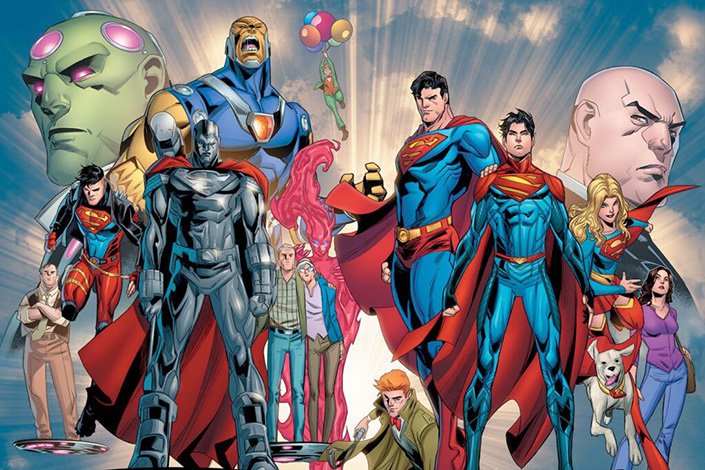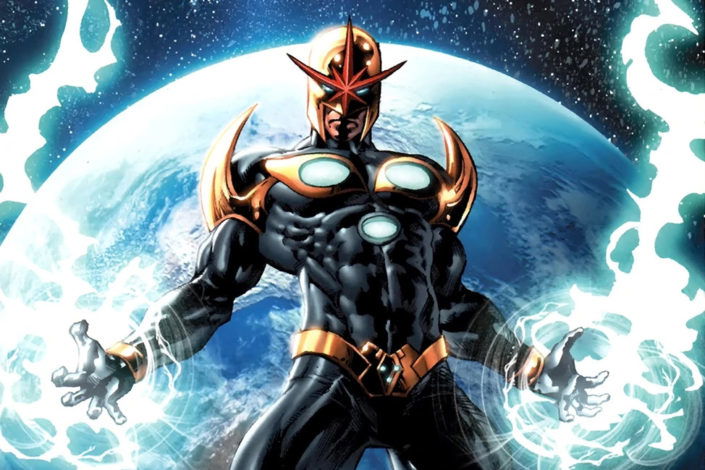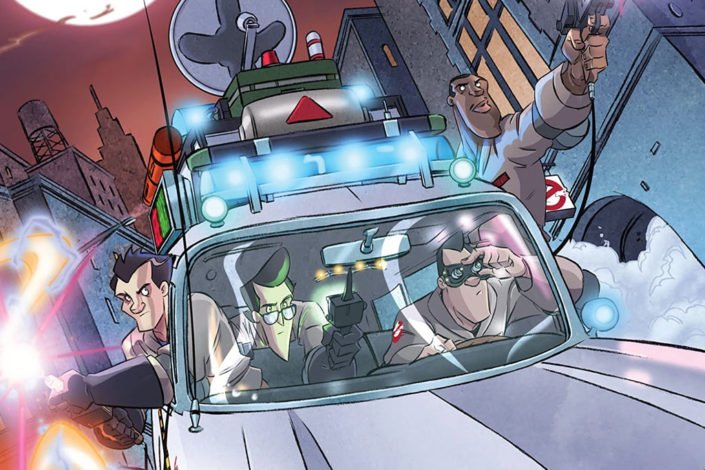
If Nova made his first appearance in The Man Called Nova #1 (September 1976), the character originated ten years earlier by Marv Wolfman in issue #3 of his fanzine, Super Adventures.
At first, he was known as The Star, real name Denteen. He was a doctor who found a spaceship containing alien pills giving him a different superpower every five minutes. Three issues later, Wolfman and Len Wein reinvented the Star into a new hero, now a prisoner named Kraken Roo who becomes the superhero Black Nova. Black Nova’s life was short as he died in Super Adventures #9.
Black Nova was an adult wearing a black and yellow costume with 5 chest stars and a helmet antenna. There were differences alright, but no doubt that, years later, Marv Wolfman and John Romita Jr. revamped the character, with some changes to the costume and a new origin story to create Nova.
It also has to be said that Richard ‘Rich’ Rider was intended as an homage to Spider-Man (with some elements of Green Lantern). They clearly wanted to create a new character with the same essence, with his working-class origins, his tendency to banter in battle, and his inferiority complex. Though, Richard Rider was not as smart as Peter Parker, far from it, and was more of an average student
Rich was first an insecure teenager who inherited the mantle of an intergalactic Nova Centurion, became part of the Nova Corps (an intergalactic police force) and later of the New Warriors. He had to fight in a space war, experienced tragedies, loss of power, and much more.
But Richard Rider is not the only character called Nova at Marvel. There is also Samuel ‘Sam’ Alexander, who made his debut in Marvel Point One #1 (November 2011) at a point where Richard Rider was out of the picture (if we can say that). He starred in his own series beginning in 2013.
Created by Jeph Loeb and Ed McGuinness, Sam was named after Loeb’s dead son. He was a teenager living in Arizona with his family. His father was an alcoholic who talked about being a member of the Nova Corps, though Sam didn’t really believe him. It all changed when his father disappeared, discovered he was telling the truth, and put on his father’s helmet to become, in turn, a member of Nova Corps. Sam also became part of the New Warriors, the Avengers and Champions.
Let’s dive into some comics with this Nova Reading Order!
Read More »Nova Reading Order (Richard Rider & Sam Alexander)









